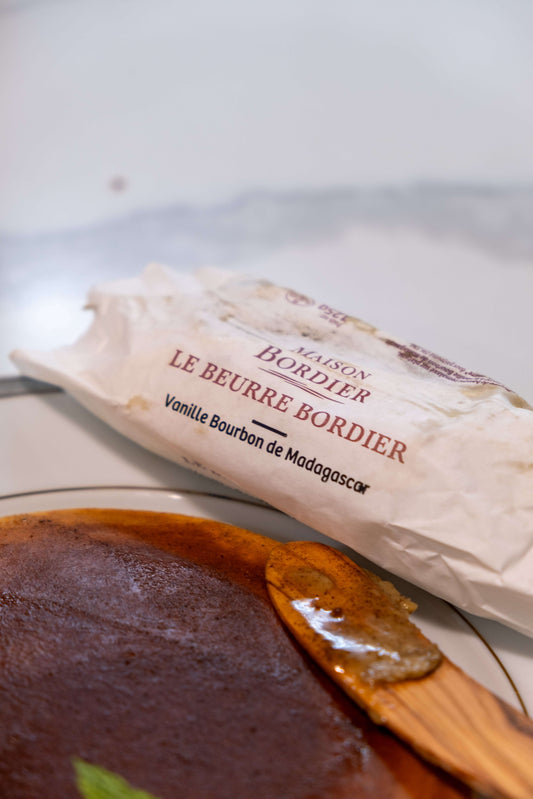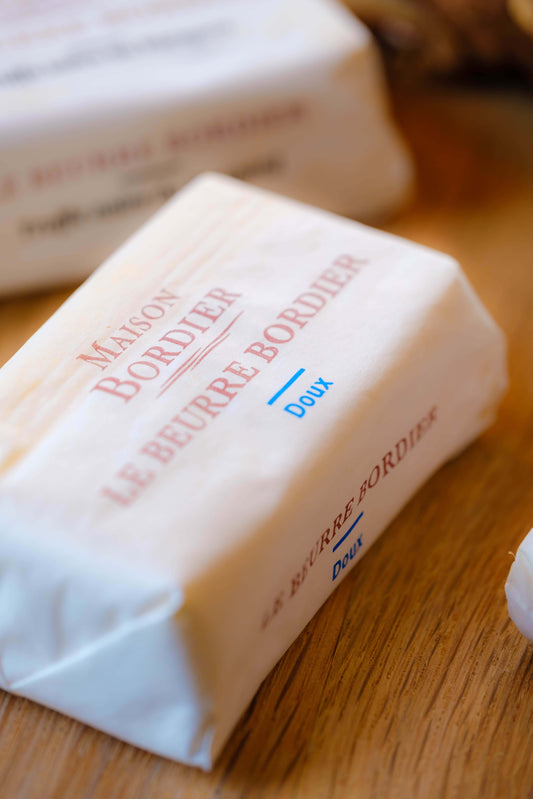
The High-End Food Destination For Caviar, Truffles & Mushrooms
Your destination for luxury dining enthusiasts. The finest caviar, truffles, and mushrooms are at the heart of our gourmet selection. Whether you're a culinary connoisseur seeking the perfect ingredient for your next creation or simply looking to indulge in the finer tastes of life, our curated collection promises an unparalleled experience.
Exclusive Selection Caviar
-
Kaluga Black Caviar
Regular price From $95.00 USDRegular priceUnit price / per -
Kaluga Amber Caviar
Regular price $99.00 USDRegular priceUnit price / per$80.00 USDSale price $99.00 USD -
Kaluga Gold Caviar
Regular price $110.00 USDRegular priceUnit price / per -
California White Sturgeon Caviar
Regular price $99.00 USDRegular priceUnit price / per -
Royal Siberian Caviar
Regular price $96.25 USDRegular priceUnit price / per$66.00 USDSale price $96.25 USD -
Paddlefish Caviar
Regular price From $21.08 USDRegular priceUnit price / per -
Bourbon Smoked Trout Roe
Regular price From $11.99 USDRegular priceUnit price / per -
Wild Keta Salmon Roe
Regular price From $22.80 USDRegular priceUnit price / per -
Glass Caviar Server
Regular price $40.63 USDRegular priceUnit price / per -
Gold Caviar Key with Keychain
Regular price $5.99 USDRegular priceUnit price / per -
Mother of Pearl Caviar Spoon
Regular price $6.00 USDRegular priceUnit price / per

Your Destination For Fresh Truffles
We bring you the finest selection of premium truffles, carefully sourced from the heart of their origins.
Newest Products
-
Brets Cepes Porcini Mushroom Potato Chips
Regular price $7.50 USDRegular priceUnit price / per -
Le Beurre Bordier Yuzu Butter
Regular price $25.25 USDRegular priceUnit price / per -
Virgin Turnip Seed Oil - Huile Vierge de Navette
Regular price $11.99 USDRegular priceUnit price / per -
Le Beurre Bordier Wild Garlic and Kampot Pepper Butter
Regular price $23.99 USDRegular priceUnit price / per -
Caviar Spoon Gift Box
Regular price $3.98 USDRegular priceUnit price / per -
Chipolata Sausage
Regular price $19.75 USDRegular priceUnit price / per -
Le Beurre Bordier Madagascar Bourbon Vanilla Butter
5.0 / 5.0
(2) 2 total reviews
Regular price $32.99 USDRegular priceUnit price / per -
California White Sturgeon Caviar
Regular price $99.00 USDRegular priceUnit price / per -
Le Beurre Bordier Unsalted Butter "Doux"
5.0 / 5.0
(2) 2 total reviews
Regular price $17.99 USDRegular priceUnit price / per -
French Grey Sea Salt
Regular price From $3.00 USDRegular priceUnit price / per -
Sherpa Pink Himalayan Salt
Regular price From $3.00 USDRegular priceUnit price / per -
Red Alaea Sea Salt
Regular price From $3.00 USDRegular priceUnit price / per -
Cherrywood Smoked Sea Salt
Regular price From $3.00 USDRegular priceUnit price / per -
Le Beurre Bordier Espelette Pepper Butter
Regular price $23.99 USDRegular priceUnit price / per -
Le Beurre Bordier Salted Butter "Demi-Sel"
5.0 / 5.0
(5) 5 total reviews
Regular price $17.99 USDRegular priceUnit price / per
Let customers speak for us
from 80 reviewsBordier butter is delicious. I appreciate the Dr. Delicacy customer service.
Thank you for the order updates and choices.

Best butter there is, hands down! Everyone we've shared this with agrees. Used to order online but now we're so happy we can get this in town at DR Delicacy!

This is delicious foie gras! I could eat a whole tub by myself it's do good!

Des bons souvenirs !! Unique à Houston

A discovery for us - we loved it ! To repeat !!

I'm not a fan of Salmon Roe, but this Trout Roe is delicious. I liked the smoked taste and was great paired with creme fraiche

This was delicious. We had it with some water crackers and topped it with raspberries and blueberries. The texture was creamy and very flavorful.

This butter is excellent. I've never tasted anything like it and look forward to being able to purchase it again. What a wonderful product!

I don't know where these have been all my life, but I'm so glad I found them. So delicious. I ate them on a kettle cooked potato chip and it was amazing.

Subscribe to our newsletter
Stay updated on our newest items, discounts, and events!








































